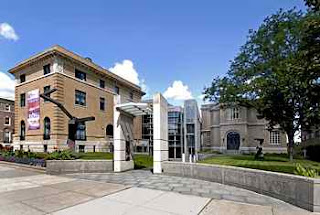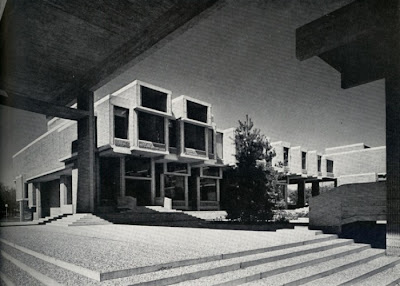William T. (Chip) Reynolds, Director, New Netherland Museum and Captain, Replica Ship Half Moon has announced that work is proceeding on fall programming and regular ship-board projects, and the ship will be holding an upcoming sail training opportunity.
On July 21-22 crew old and new alike will come together on the Half Moon to train in sail handling and ship operations. The two day program will depart from and return to Peckham Wharf in Athens, NY while anchoring out on the evening of the 21st. Crew will board 8am Saturday and depart late afternoon on Sunday. No prior experience necessary- all training will be provided. Preference will be given to those who have volunteered with the Half Moon this season.
If you would like to participate in the sail training weekend, send an email with your name, phone number, location and the information for an emergency contact to: [email protected]
Dockside work continues on the Half Moon as they prepare for sail training and other programming through the summer and Fall of 2012. Crew have been working around the ship on various projects. Doug Lyke has been working on rewiring bilge pumps and radio wires- Gene Tozzi repaired the decorative anchor on the front of the ship- Woody Woodworth and Bob Hansen have installed new water pumps and other elements for the ship’s generator.
In addition to work around the ship, they’ve also said goodbye to bo’sun Wesley Jasper who spent three months living and working aboard the Half Moon, and who is headed to the Rotterdam Maritime Academy in the fall.
Work will continue weekdays throughout the summer. If you are interested in joining in and assisting with maintenance work around the ship, contact them at 518.443.1609 or by email at: [email protected]
This season, the Half Moon will be open for school and public tours in Albany NY Sept 22 & 23 and Sept 29 & 30 and public viewing in Connecticut.
Half Moon also offers school class tours. Educators looking to sign-up their class Sept 21, Sept 24-28 and Oct 1-4, should contact Carol Ann Margolis at the Albany Convention and Visitor’s Bureau: 518.434.0405
The 85-foot replica of the ship Henry Hudson sailed while exploring the Hudson River in 1609 has a volunteer crew of 15 and was built in Albany, N.Y. in 1989 to commemorate the Dutch role in exploring and colonizing America. The Half Moon replica has six sails on three masts, sporting 2,757 square feet of canvas. It’s equipped with six cannons and four anchors.
The original ship, called the Halve Maen, was commissioned on March 25, 1609 for the Dutch East India Company. The company hired Hudson, an Englishman, to search for a passageway between the Atlantic and Pacific oceans. He thought he had found that passage when he sailed up the river that now bears his name. In making his trip up the river, Hudson claimed the area for the Dutch and opened the land for settlers who followed. His voyage came 10 years before the Pilgrims landed at Plymouth Rock.
For general information about the replica Half Moon check their website.
Photo provided.







